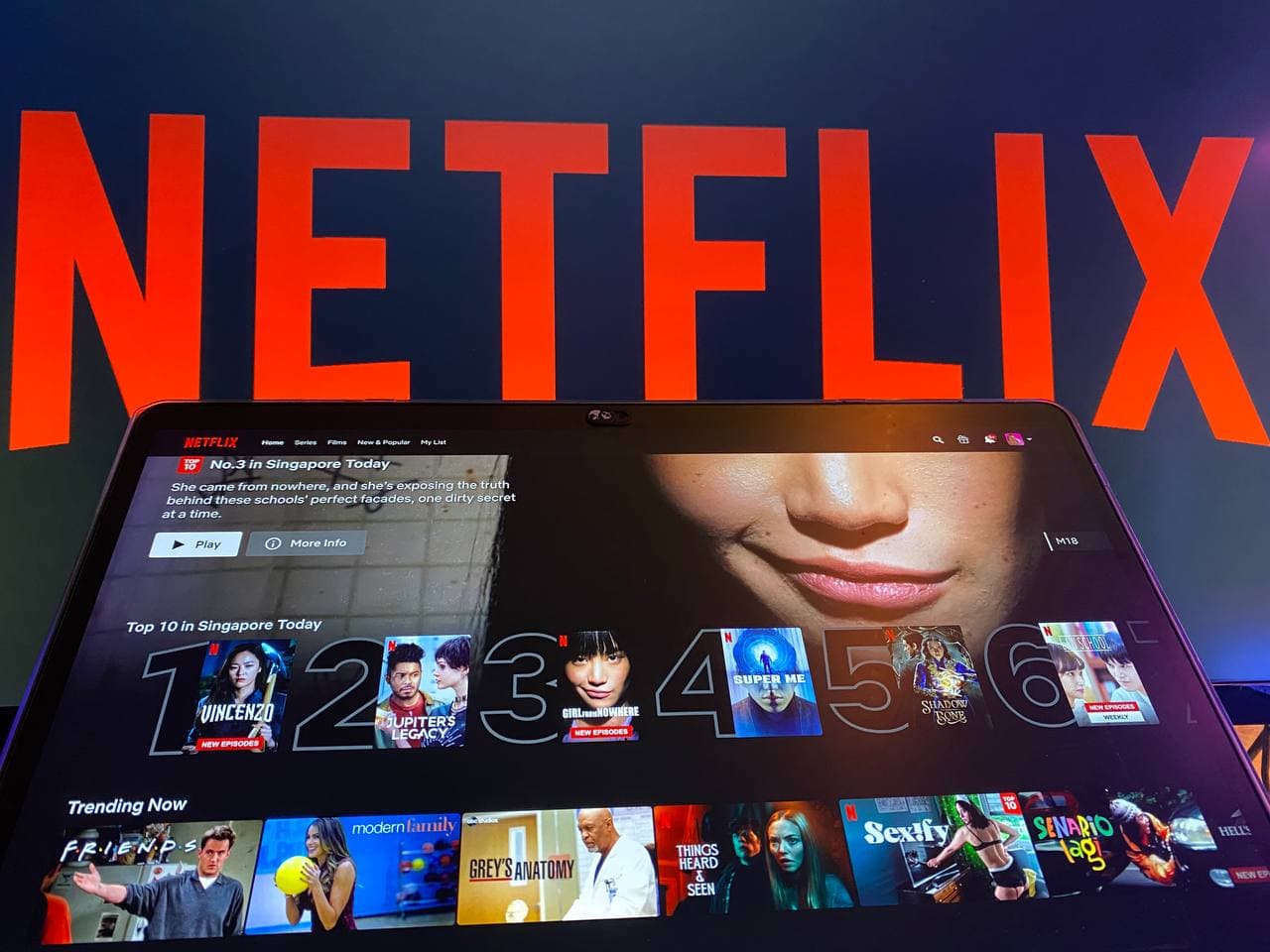A Modern Day Showdown: Streaming VS Cable
With increased reliance on streaming services like Netflix and DisneyPlus, will the traditional Cable TV be phased out soon? Ray Lim finds out more
(Photo courtesy of Ray Lim, taken from Netflix)
BY
Ray Lim
Places Section Editor
HYPE Issue #53
New wave media has taken our society by storm. Streaming services such as Netflix, Disney+ and Amazon Prime, have risen in popularity in this Covid-19 pandemic with people staying home due to the safe distancing regulations.
With the new strain of Covid-19 in Singapore, everyone is on heightened alert, taking measures such as staying home and getting back to quarantine mode. It is very much possible that people will turn to streaming services (if they haven’t already) to entertain themselves during this period. Let’s take a closer look at these services and the people who use them, from Baby Boomers to Gen Z.
Netflix

(Photo courtesy of Ray Lim, taken from Netflix)
According to an article by Interesting Engineering in April 2020, the original streaming service Netflix had its start as a video rental store in the late 1990s. Users would order their movies on the Netflix website, and receive DVDs in the post. Today, it has grown to be a worldwide streaming platform that has over 151 million paid subscribers in more than 190 countries, with shows ranging from Netflix Originals to your favourite blockbuster movies.
“The choices of shows and range of movies, including international shows and foreign language movies, is best found on Netflix,” said Mr Roger Phua, 79, a retiree who frequents the platform in his spare time at home.
With senior citizens joining Netflix, it shows how their popularity and wide selection of shows has piqued their interest.
Mr Brendan Wong, 26, is a student who says: “For Netflix, the more notable feature is the films they recommend based on the movies or shows I have watched before.”
DisneyPlus

(Photo courtesy of Ray Lim)
Competitor brands with similar streaming services are starting to enter the market. Disney threw their hat into the ring with their contender: Disney+. The global media conglomerate released the service in November 2019, and the highly anticipated streaming service soon took over the streaming world with over 10 million subscribers in the first 24 hours alone. The platform offers shows from the original Disney Channel to original Marvel Series’ like The Falcon and The Winter Soldier and WandaVision.
“Disney+ has limited choices and most of the movies are old ones which have been screened in the cinemas. Disney+ has limited original shows,” Mr Phua says, regarding Disney+ content choices., showing how being the new kid on the block has allowed them to cater more original content for viewers as compared to Netflix.
However, Disney’s late start to the streaming industry has given them time to fine-tune some key features to make them more user-friendly.
Mr Wong mentioned that the categorisation of the films based on franchise or TV channels were a notable and user-friendly feature.
Traditional Cable TV
Cable TV in Singapore has been around for almost five decades, with Channel 8 first airing in August 1963 and Channel 5 in February 1967, featuring locally filmed series and a nightly hour-long news segment.
For many, these channels were the only form of entertainment growing up as satellite television was too expensive.
The introduction of Kids Central in January 2000 mainly featured local children’s shows as well as reruns of cartoons from popular networks such as Cartoon Network, Nickelodeon and Disney Channel. These channels were very limited in their shows and programmes, creating a demand for consumers who crave for the latest movies and shows.
Their redeeming factors were the consistency and reliability of their nightly news channels like Channel News Asia, as well as their 9pm news on Channel 8 and Channel 5.
“Our national TV has the least flexibility in terms of entertainment programmes. I only watch the news and some feature programmes on current affairs on the national TV,” said Mr Phua when asked about his cable network viewing habits.
Cable Networks vs Streaming Services
In an article from Straits Times, it was reported that Cable TV providers such as Singtel and Starhub had reportedly seen a massive drop in the number of subscribers in 2016-2017. Singtel losing nearly 11,000 subscribers at the end of 2016, while Starhub lost close to 35,000 subscribers at the end of 2017. Most of these people are watching their shows through the streaming services and ditching Cable TV.
It’s quite clear that the young contender has many new tricks up their sleeves with many more features to come with the new updates. With Gen Z’s to Baby Boomers alike thriving on the platforms, it is without doubt that soon these streaming services may just take over your home entertainment.

Thank you for your sharing. I am worried that I lack creative ideas. It is your article that makes me full of hope. Thank you. But, I have a question, can you help me?
Paris Cafe Ambience
smooth night jazz bgm
Your article helped me a lot, is there any more related content? Thanks! https://www.binance.com/cs/join?ref=V3MG69RO
I don’t think the title of your article matches the content lol. Just kidding, mainly because I had some doubts after reading the article.
Thanks for sharing. I read many of your blog posts, cool, your blog is very good.
Thanks for sharing. I read many of your blog posts, cool, your blog is very good.
Your article helped me a lot, is there any more related content? Thanks!
The battle between streaming and cable is a modern-day showdown, with streaming clearly taking the lead for its convenience and on-demand content. Freecinebr giving latest official Freecine app highlights this shift, offering users instant access to movies and shows without the high costs or limitations of traditional cable, making entertainment more flexible and accessible than ever.